Blog
Jewellok is a professional pressure regulator and valve manufacturer and supplier.
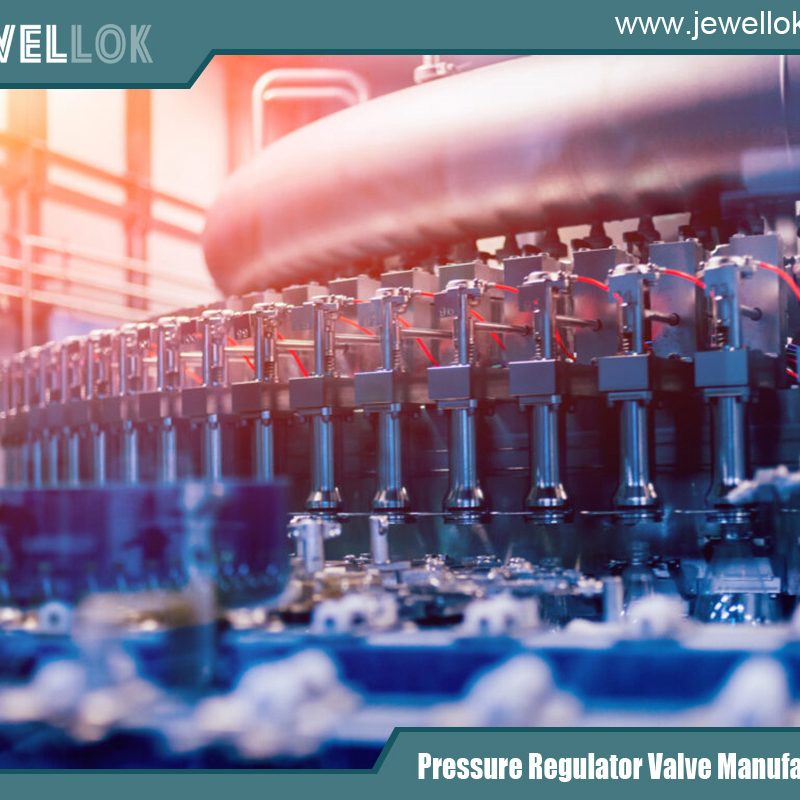
Flow Characteristics of Large Flow Single Gauge Pressure Reducing Valve and Optimization Technology of Pressure Reducing Performance under Full Working Conditions
- Pressure Regulator Valve Manufacturer
- adjustable low pressure propane regulator, Gas Pressure Reducing Valve, High Purity L-Type Pressure Reducing Valve, High Purity Pressure Reducing Valve, high purity pressure reducing valves manufacturer, high purity pressure reducing valves manufacturer in china, how a gas pressure regulator works, Hydraulic Pressure Reducing Valves, large flow single gauge pressure reducing valve, large flow single gauge pressure reducing valve factory, large flow single gauge pressure reducing valve manufacturer, large flow single gauge pressure reducing valve supplier, Medical Single Stage Single Gauge Mox Regulator, natural gas pressure reducing valve, natural gas pressure reducing valve in brazil, Pressure Reducing Valve, Pressure Reducing Valve China, pressure reducing valves, pressure reducing valves factory, pressure reducing valves manufacturer, pressure reducing valves supplier, pressure relief valve vs safety valve, propane manifold with valves, Reverse Osmosis Pressure Reducing Valve, safety or relief valves, safety relief valve vs safety valve, second stage propaneregulator, single gauge pressure reducing valve, single gauge pressure regulator, single gauge pressure regulator factory, single gauge pressure regulator manufacturer, single gauge pressure regulator supplier, Special gas pressure reducing valve, timer water valve
- No Comments
Flow Characteristics of Large Flow Single Gauge Pressure Reducing Valve and Optimization Technology of Pressure Reducing Performance under Full Working Conditions
The large flow single gauge pressure reducing valve, as a core component of the industrial fluid control system, is widely used in fields such as petrochemical industry, urban water supply, and thermal pipeline networks. Its performance directly affects the stability and reliability of the system. Especially under large flow working conditions, how to achieve precise pressure control is the focus of industry research. This article will deeply explore the flow characteristics of the large flow single gauge pressure reducing valve, as well as the key technologies for maintaining excellent pressure reducing performance under different flow working conditions.

Analysis of the Flow Characteristics of the Large Flow Single Gauge Pressure Reducing Valve
1. Basic Concepts of Flow Characteristics
The flow characteristics of a pressure reducing valve refer to the relationship curve between the outlet pressure and the flow rate under a certain inlet pressure. Common flow characteristics include linear characteristics, equal percentage characteristics, and quick opening characteristics. For large flow pressure reducing valves, it is usually required to maintain a relatively stable outlet pressure within the full flow range to meet the system operation requirements.
2. Influencing Factors of Flow Characteristics under Large Flow Working Conditions
- Structural Design: The shape of the valve core, the size of the valve seat, and the design of the flow channel directly affect the resistance characteristics of the fluid passing through the pressure reducing valve. Large flow pressure reducing valves need to optimize the flow channel design to reduce fluid resistance and avoid the problem of excessive throttling loss.
- Medium Characteristics: Parameters such as the viscosity, density, and temperature of the fluid will change the flow characteristics of the pressure reducing valve. For example, a high-viscosity medium will increase the flow resistance, causing the flow characteristics to deviate.
- Inlet Pressure Fluctuation: Changes in the inlet pressure will have a significant impact on the flow characteristics of the pressure reducing valve. Under large flow working conditions, due to large pressure fluctuations in the pipeline, the pressure reducing valve needs to have a stronger pressure compensation ability.
- Dynamic Response Ability: In a large flow system, the flow rate changes rapidly, and the pressure reducing valve must have a fast response ability. Otherwise, it will lead to excessive fluctuations in the outlet pressure.
Key Technologies for Achieving Stable Pressure Reducing Performance under Different Flow Rates
1. Optimizing the Structural Design of the Valve Core and Valve Seat
- Optimization of the Valve Core Shape: Adopt the design of the equal percentage flow characteristic curve of the valve core to make the relationship between the valve core opening and the flow rate nonlinear. In this way, at a small flow rate, a slight displacement of the valve core can cause a large change in the flow rate; at a large flow rate, the change in the valve core displacement has a relatively small impact on the flow rate, thus achieving more stable pressure control.
- Valve Seat Design: Reasonably design the diameter and shape of the valve seat to ensure that the fluid can be evenly distributed when passing through the valve seat and reduce the local resistance. At the same time, adopt a streamlined valve seat structure to reduce the degree of fluid turbulence and improve the flow capacity of the pressure reducing valve.
- Dual Valve Core Structure: In some high-end large flow pressure reducing valves, a dual valve core structure is adopted. The main valve core is responsible for the control of large flow, and the auxiliary valve core is used for fine adjustment. Through the coordinated operation of the two, the adjustment accuracy of the pressure reducing valve under different flow rates is improved.
2. Advanced Pressure Compensation Technology
- Feedback Control Mechanism: Install a pressure sensor inside the pressure reducing valve to monitor the outlet pressure in real time. Through a closed-loop control system, the outlet pressure signal is fed back to the controller, and the controller automatically adjusts the valve core opening according to the deviation between the set pressure and the actual pressure to achieve dynamic compensation of the pressure.
- Hydraulic Compensation Structure: Design a hydraulic balance chamber and use the fluid pressure to compensate the valve core. When the inlet pressure or flow rate changes, the hydraulic balance chamber can automatically adjust the force on the valve core to offset the influence of external pressure fluctuations on the outlet pressure and maintain the stability of the outlet pressure.
3. Innovation in Material and Sealing Technologies
- Application of High-performance Materials: Select high-strength, wear-resistant, and corrosion-resistant materials such as cemented carbide and ceramics to manufacture the valve core and valve seat. These materials can maintain good mechanical properties under large flow and high pressure difference working conditions, and extend the service life of the pressure reducing valve.
- Optimization of the Sealing Structure: Adopt a multi-sealing design, such as a combined sealing ring and a metal sealing ring, to improve the sealing performance of the pressure reducing valve. At the same time, optimize the machining accuracy and surface roughness of the sealing surface to ensure effective prevention of leakage under different flow rates and pressure conditions.
4. Intelligent Control and Monitoring System
- Application of Intelligent Algorithms: Introduce intelligent control technologies such as adaptive control algorithms and fuzzy control algorithms to automatically adjust the control parameters of the pressure reducing valve according to different working conditions. For example, when the flow rate changes violently, the system can respond quickly and adjust the valve core opening to avoid pressure overshoot or oscillation.
- Status Monitoring and Fault Diagnosis: Real-time monitor the operating parameters (such as pressure, flow rate, temperature, vibration, etc.) of the pressure reducing valve by installing sensors. Use big data analysis and machine learning technologies to achieve the evaluation of the operating status of the pressure reducing valve and fault warning, discover and solve potential problems in a timely manner, and ensure the stable operation of the system.
Analysis of Typical Cases
In a large-scale urban water supply system, a large flow single gauge pressure reducing valve is used for the pressure regulation of the pipeline network. In the actual operation process, due to the huge difference in flow rates between the peak and low water consumption periods, traditional pressure reducing valves are difficult to meet the requirements of pressure stability. Through the adoption of the above optimization technologies, the pressure reducing valve is transformed:
- Redesign the structure of the valve core and valve seat, and adopt the valve core curve with equal percentage flow characteristics;
- Install a high-precision pressure sensor and an intelligent control system to achieve real-time feedback adjustment of the pressure;
- Select ceramic materials that are corrosion-resistant and wear-resistant to manufacture the valve core and valve seat.
After the transformation, the pressure reducing valve can maintain a stable outlet pressure under different flow working conditions, and the pressure fluctuation range is controlled within ±5%, effectively improving the stability and reliability of the water supply system.

Conclusion
The flow characteristics of the large flow single gauge pressure reducing valve are affected by many factors. To achieve stable pressure reducing performance under different flow rates, comprehensive optimization is required from multiple aspects such as structural design, pressure compensation, material application, and intelligent control. By adopting advanced technologies and innovative design concepts, the performance of the pressure reducing valve can be significantly improved to meet the industrial demand for large flow and high-precision pressure control. In the future, with the continuous progress of technology, the large flow single gauge pressure reducing valve will develop in the direction of intelligence, high efficiency, and high reliability, providing stronger support for industrial production and urban infrastructure construction.
For more about flow characteristics of large flow single gauge pressure reducing valve and optimization technology of pressure reducing performance under full working conditions, you can pay a visit to Jewellok at https://www.jewellok.com/ for more info.
Recent Posts
How Does An Acetylene Gas Changeover Manifold Work?
How Does A Carbon Dioxide Gas Pressure Regulator Work?
How Does A Oxygen Gas Pressure Regulator Work?
How Does A Helium Gas Pressure Regulator Work?
How Does A Nitrogen Gas Pressure Regulator Work?
How Does An Argon Gas Pressure Regulator Work?
How Does A Propane Gas Pressure Regulator Work?
How Does A Acetylene Gas Pressure Regulator Work?
How Does the High Pressure Back Pressure Regulator Work?
The Complete Guide to Camco 59013 Single Stage Propane Regulator
Tags
Recommended Products
-
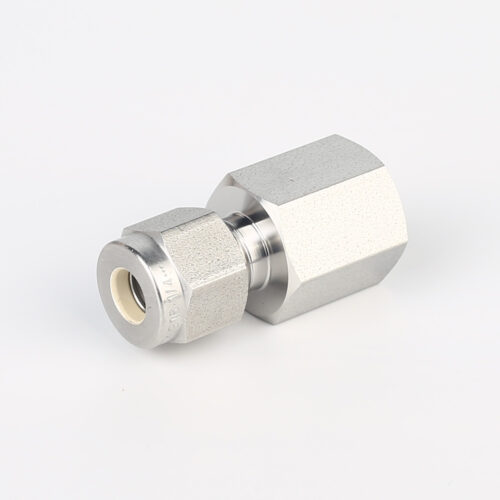
766L High Purity Female Connector UHP Fitting Female Connector
-
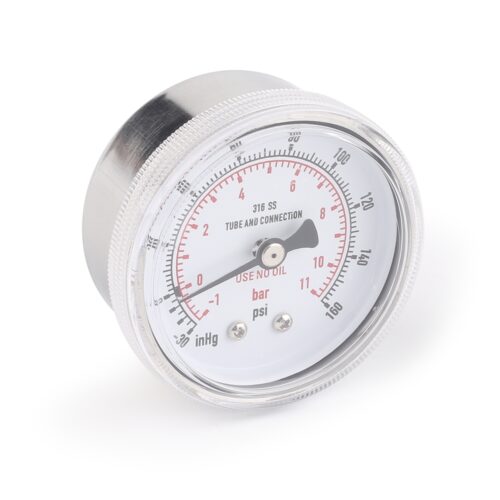
Ultra High Purity Pressure Gauge For Laboratory And Semiconductor JR Series
-
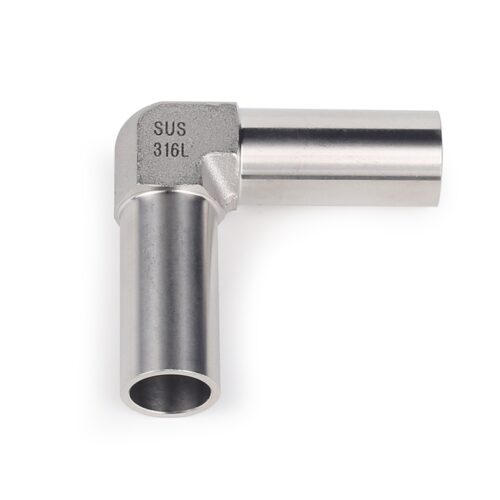
High Purity Stainless Steel Mini Tube Butt Weld Fittings For Semiconductor
-
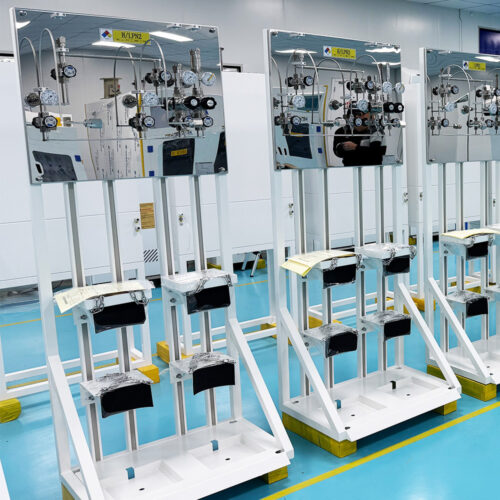
Manual Gas Rack High Purity Gas Delivery Systems JW-100-GR
-
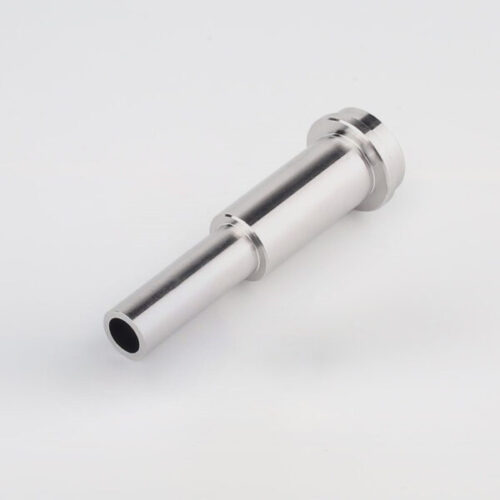
Long Gland LG Series For Ultra High Purity Gas And Chemical Delivery Systems
-
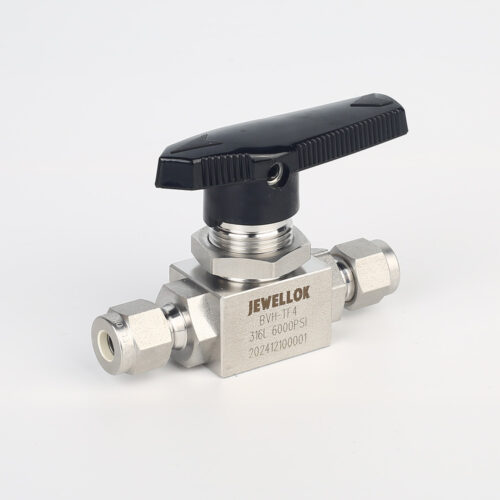
High Purity High Pressure 316 Stainless Steel Ball Valves JBV1 Series From High Pressure Ball Valve Manufacturer And Supplier In China
-
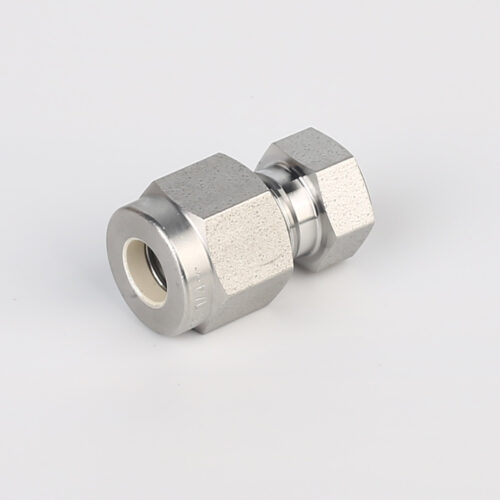
7108L Cylinder Cap Connectors For Ultra High Purity Gases
-
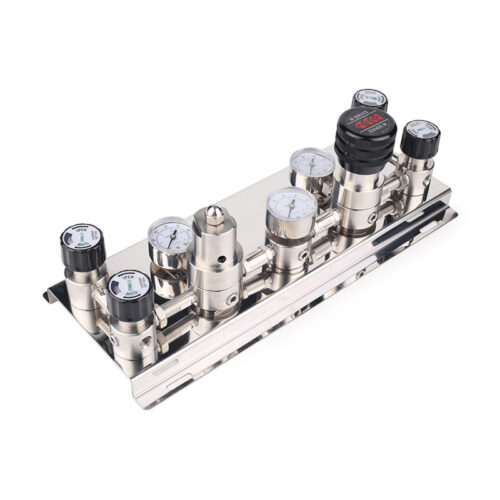
Automatic Gas Switchover System Automatic Switchover Manifold Automatic Gas Cylinder Switchover